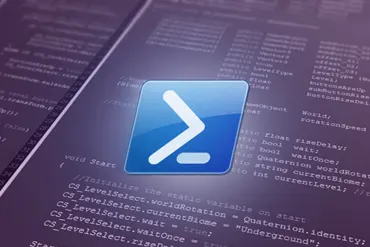How to Install & Use Active Directory Users and Computers
When it comes to dealing with Active Directory Domain Services, and it is crucial for network and directory administrator to: Understand directory services in depth Manage objects like users, computers, and groups efficiently Microsoft has provided many tools to manage Active Directory Domain Services; these tools are also available for client Windows operating systems and…










